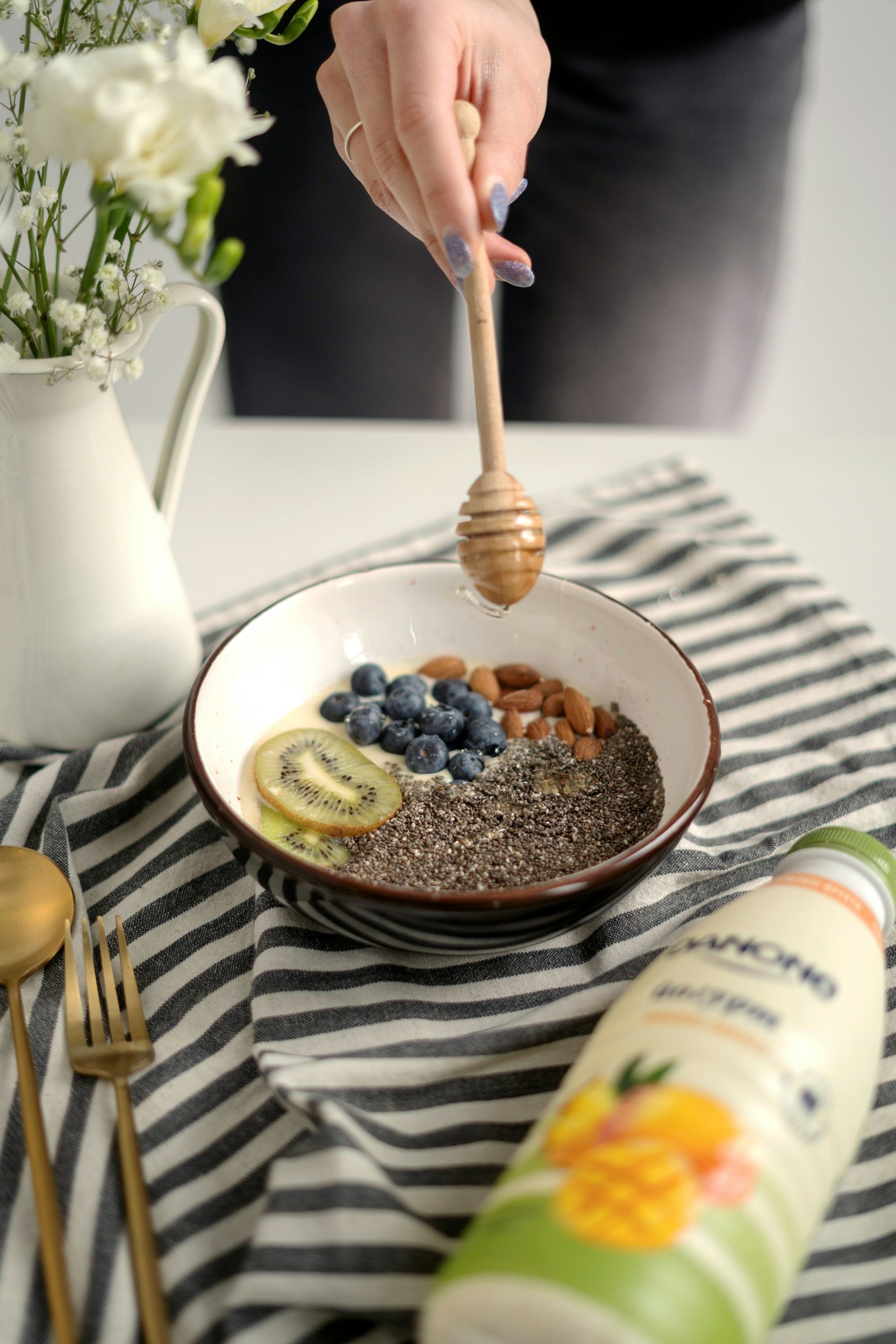A Kitchen That Cares for Your Wallet: Delicious and Affordable Recipes
Eating well doesn’t have to be expensive. In fact, a healthy and balanced diet can be more economical than one based on ultra-processed or fast foods. The key lies in planning ahead, making the most of your ingredients, and rediscovering the joy of cooking with awareness.
In times when prices seem to rise nonstop, cooking becomes both an act of self-love and financial wisdom. Because caring for your body and your wallet at the same time is possible — here’s how to do it.
1. The Art of Planning Without Overcomplicating
Planning your weekly meals not only saves you from the daily “What should I cook today?” stress, but it also reduces food waste and helps you shop with intention.
Make a list before heading to the supermarket or local market, choosing ingredients that can be used in several recipes. For example:
A bag of lentils can become stew, burgers, or salad.
Chickpeas work for hummus, curry, or protein-packed salads.
Brown rice can be a side dish or the base for a veggie bowl.
Musa Tip: Dedicate one day to preparing basic foods you can mix and match throughout the week. It saves both time and money.
2. Plant-Based Cooking: Your Ally for Wellness (and Savings)
A plant-based diet isn’t only good for your health and the planet — it’s also one of the most affordable ways to eat well.
Legumes, grains, seasonal vegetables, and local fruits are accessible, nutritious, and versatile.
Here are three simple, flavorful ideas:
Lentil and Oat Burgers
Mash cooked lentils and mix with oats, onion, garlic, and your favorite spices. Shape into patties and bake or pan-fry. Perfect to keep ready in the freezer.
Vegetable Fried Rice
Use leftover rice, toss in a wok with veggies like carrot, bell pepper, onion, and broccoli, and season with soy sauce or turmeric. A quick, nourishing dinner.
Chickpea Curry with Coconut Milk
Sauté onion, ginger, and garlic. Add chickpeas, tomato, and coconut milk. Season with curry and fresh cilantro. Budget-friendly, exotic, and nutrient-rich.
3. Waste-Free Cooking: Use Every Bit
In mindful cooking, nothing goes to waste. Peels, stems, and scraps can have a second life:
Turn carrot or pumpkin peels into oven-baked chips.
Save broccoli or chard stems for soups or stir-fries.
Freeze ripe fruits for smoothies or desserts.
You’ll save money, reduce waste, and become more creative with your ingredients.
4. Smart Shopping: The Secret to Saving
Shopping with purpose is one of the best ways to protect your budget.
Choose seasonal produce: fresher, tastier, and more affordable.
Buy from local markets: often cheaper than big supermarkets.
Shop in bulk: buy only what you need and avoid excess packaging.
Avoid impulse buys: mindful eating starts at the cart.
And if you have space, consider starting a small home garden. Even growing herbs or cherry tomatoes can be surprisingly rewarding — and cost-effective.
5. Eating Well Is Also About Enjoyment
We often think saving money means giving things up, but budget-friendly cooking can be delicious, creative, and deeply satisfying.
Preparing your meals connects you to the present moment, to flavors, and to your body. It’s not just a household chore — it’s a form of self-care.
Remember: the most nourishing food isn’t the most expensive one — it’s the one you prepare with intention, real ingredients, and love.
Your kitchen can be a space of balance and well-being. When you choose to cook mindfully, you’re investing in health, energy, and financial stability.
Eating well and saving money aren’t opposing goals — they’re the reflection of a simpler, more sustainable, and happier life.


